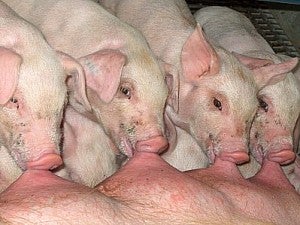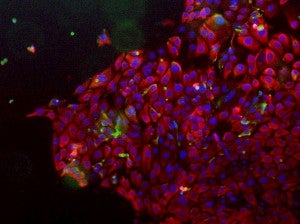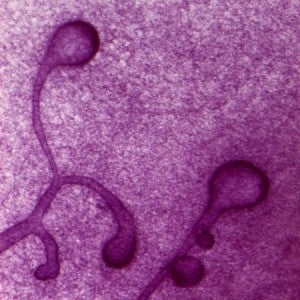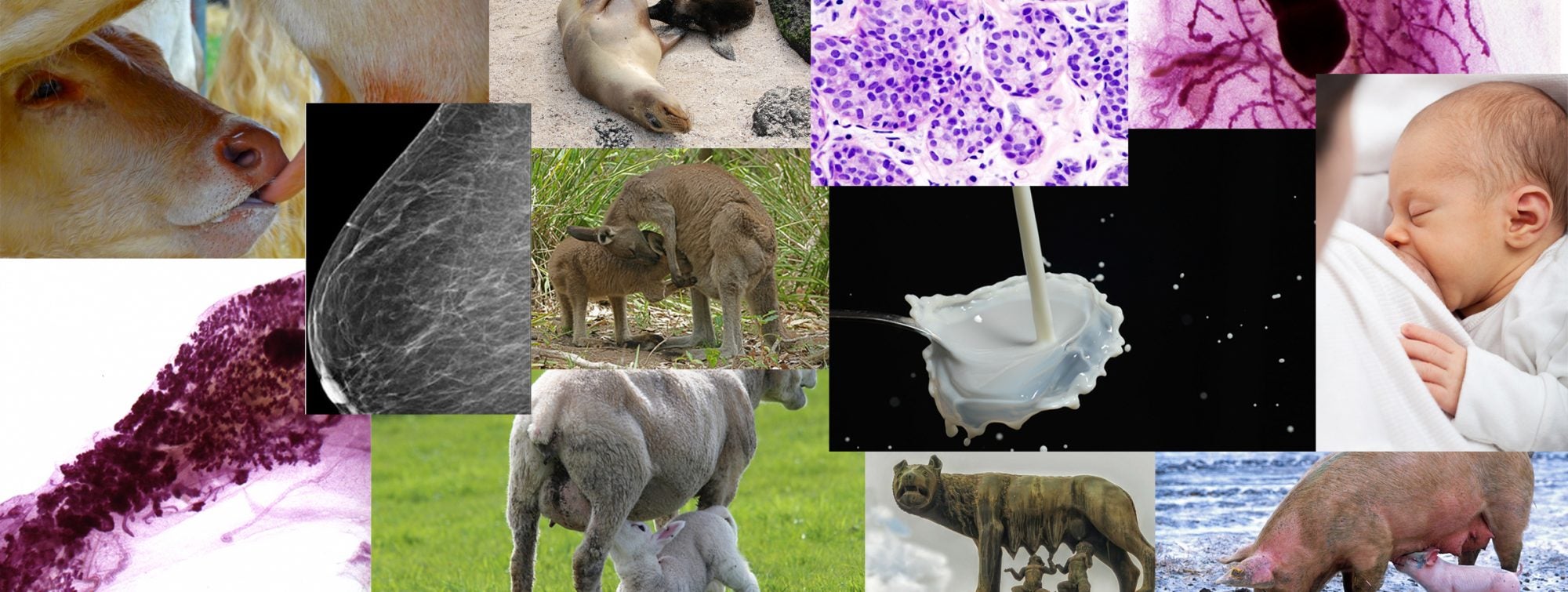 On one hand, the mammary glands of species such as cows and goats are the basis for a multi-billion dollar dairy industry and people’s survival worldwide. Unfortunately, on the other hand, the glands are susceptible to cancer that touches many of our lives as humans. Our lab’s research interests can be grouped into 2 general themes: 1) The hormonal regulation of mammary development and cancer, and 2) The stromal and lipid regulation of mammary gland function.
On one hand, the mammary glands of species such as cows and goats are the basis for a multi-billion dollar dairy industry and people’s survival worldwide. Unfortunately, on the other hand, the glands are susceptible to cancer that touches many of our lives as humans. Our lab’s research interests can be grouped into 2 general themes: 1) The hormonal regulation of mammary development and cancer, and 2) The stromal and lipid regulation of mammary gland function.
Hormonal regulation of mammary development and cancer
 Mammary epithelial cells undergo proliferation, morphogenesis and differentiation during ductal elongation, branching, alveolar development, lactogenesis, galactopoiesis, and involution (post-lactation). We investigate how different hormones direct these changes – both at the tissue level and the genetic level. In particular, we are investigating how hormones from the pituitary (prolactin and growth hormone) work in concert with those from the ovaries (estrogen and progesterone). We use a variety of models ranging from tissue culture and rodents to livestock species.
Mammary epithelial cells undergo proliferation, morphogenesis and differentiation during ductal elongation, branching, alveolar development, lactogenesis, galactopoiesis, and involution (post-lactation). We investigate how different hormones direct these changes – both at the tissue level and the genetic level. In particular, we are investigating how hormones from the pituitary (prolactin and growth hormone) work in concert with those from the ovaries (estrogen and progesterone). We use a variety of models ranging from tissue culture and rodents to livestock species.
Stromal and lipid regulation of mammary gland function
 The mammary gland develops in a supporting tissue known as its stroma. While this tissue is primarily adipose (fat), its nature varies between species and it is somewhat more complex than might first appear. This environment fulfils many important roles – physical support, growth regulatory cues, a supporting vasculature and lymphatic system, and conversion of hormone signals into local cues. Our work has centered around how the adipose-derived lipid environment affects the adjacent epithelial cells and how this can be modified by changing the lipid composition through diet.
The mammary gland develops in a supporting tissue known as its stroma. While this tissue is primarily adipose (fat), its nature varies between species and it is somewhat more complex than might first appear. This environment fulfils many important roles – physical support, growth regulatory cues, a supporting vasculature and lymphatic system, and conversion of hormone signals into local cues. Our work has centered around how the adipose-derived lipid environment affects the adjacent epithelial cells and how this can be modified by changing the lipid composition through diet.
Regulation of milk composition
Our laboratory also has an ongoing interest in how milk – which is a fascinating, complex mixture of a range of molecules from fats and proteins, to water and carbohydrates – can be modified as it is being made. By understanding these processes, opportunities exist to tailor foods as well as to refine the resources needed to produce milk from dairy animals. Think cows making chocolate or strawberry milk!
